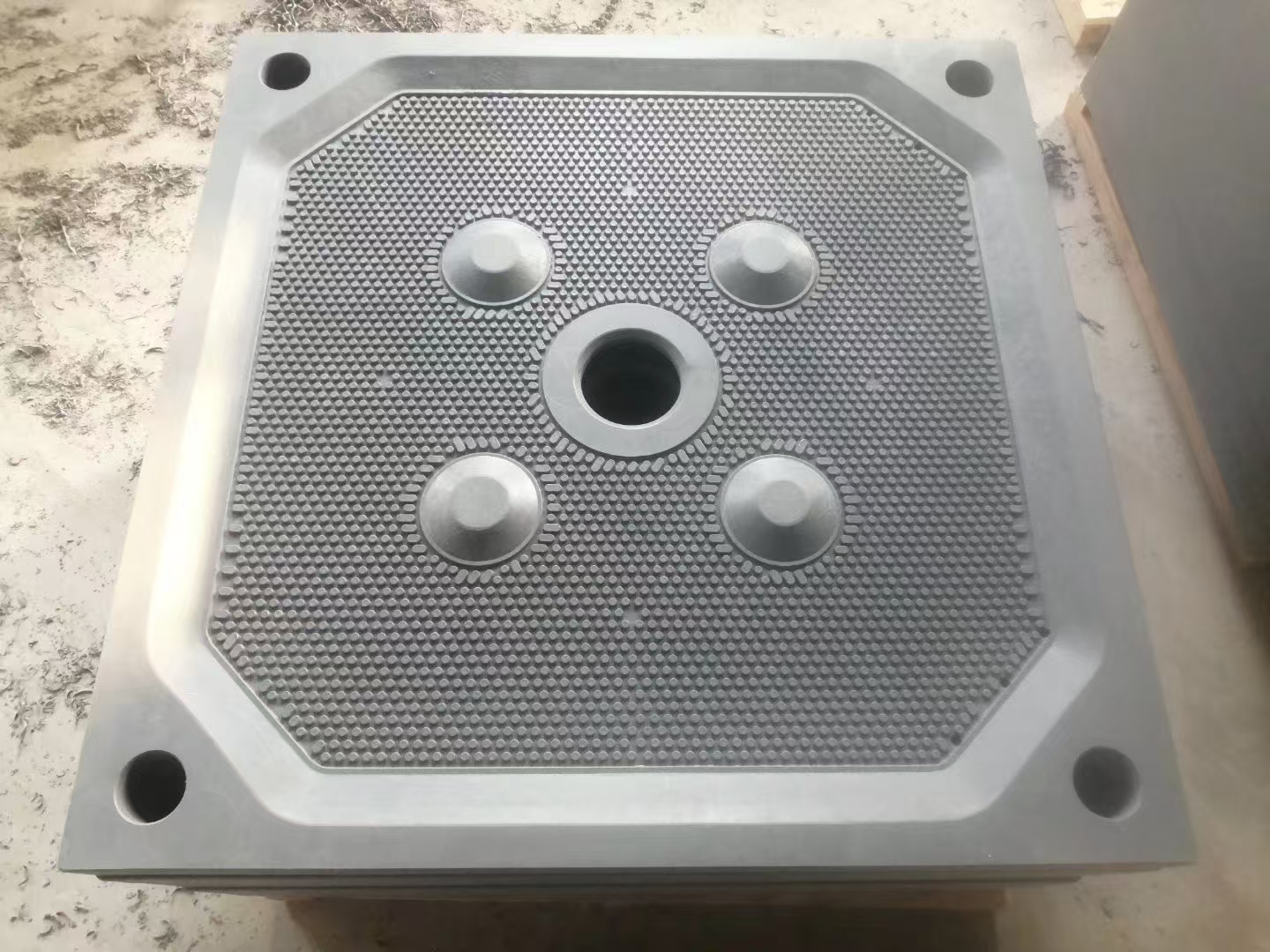Subscribe For Newsletter
For inquiries about our products or pricelist, please leave to us and we will be in touch within 24 hours.
When choosing a filter press for solid-liquid separation, understanding the differences between recessed and membrane filter presses is essential.

1. Structure & Function
Recessed Filter Press: Uses recessed plates with concave chambers. Slurry is pumped in, and pressure forces liquid through filter cloths, leaving solids behind. No additional squeezing occurs.
Membrane Filter Press: Adds an inflatable membrane to the plates. After initial filtration, the membrane expands, squeezing the filter cake to extract more liquid.
2. Moisture Content
Membrane presses achieve lower residual moisture (10-30% less) due to the squeezing action, reducing drying costs for moisture-sensitive applications.
3. Efficiency & Cost
Recessed: Simpler, lower upfront cost, and minimal maintenance. Ideal for basic dewatering tasks.
Membrane: Higher initial cost but shorter cycles and drier cakes, making it suitable for fine chemicals, pharmaceuticals, or sludge treatment.
Choose a recessed press for simplicity and budget-friendly dewatering. Opt for a membrane press if maximizing dryness and efficiency is critical.
For inquiries about our products or pricelist, please leave to us and we will be in touch within 24 hours.